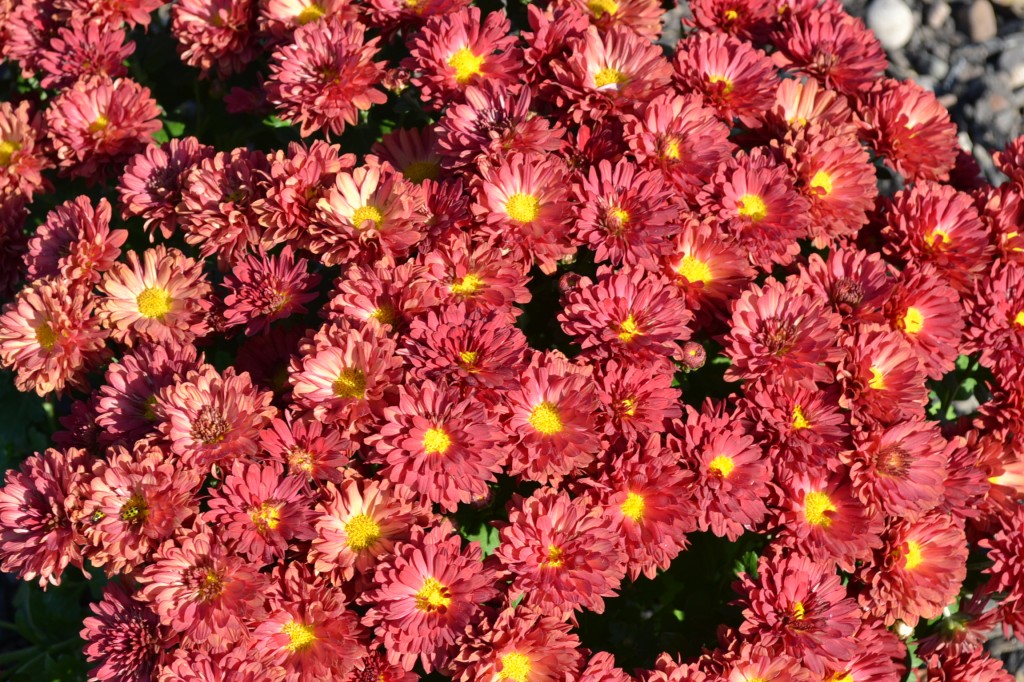Annual flowers are a great way add some instant color to your landscape beds. Most annual flowers will continuously bloom all season long if properly maintained. Spring is the best time to get your annual flowers in the ground because the sooner you start, the better established the plants will be in the summer. If your plants have more time to root in, they will be able to manage drought and heat conditions better than plants installed later in the year. When you are planting your annual flowers in the spring, it is important to keep an eye on the night-time temperatures. If there is frost in the forecast, annual plants should be brought inside if they are in containers, or covered with a towel if they are left out side. When in doubt, make sure to cover your plants so that you do not risk frost kill.
Extend the life of your annual flowers.
Covering your plants is important and so is uncovering them in the morning. We had several businesses this year that forgot to uncover their plants in the morning. With the afternoon heat, the plants wilted and died. If you are not willing to cover and uncover your annual plants, it is better to wait to plant annual flowers when all frost chances are gone.
In order to extend the life of your annual flowers, it is important to fertilize them. Fertilizing annual plants varies by what type of plant you are fertilizing and when you are fertilizing them. Some plants require more fertilizing to maintain continual flowering, while others may not benefit as much. Dead heading should be done on a regular basis to keep your flowering annuals as attractive as possible. Dead heading your plants is the process of removing old blooms from the plant. This will help encourage new flowers as well as removing the old ones.

